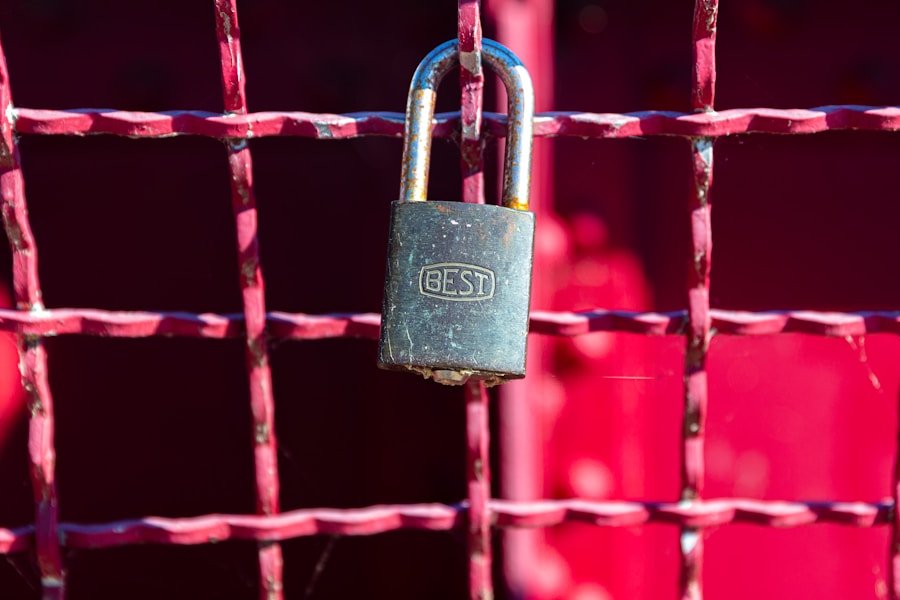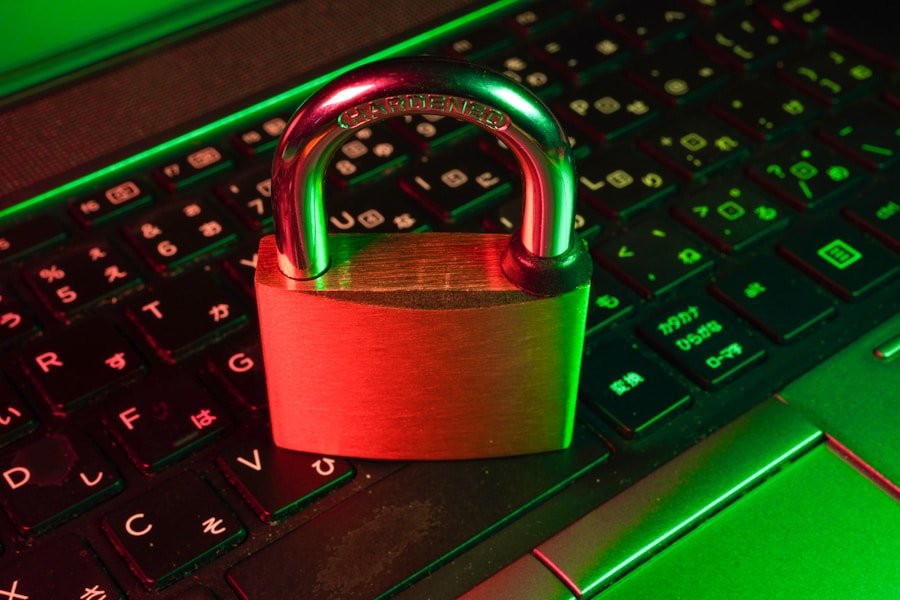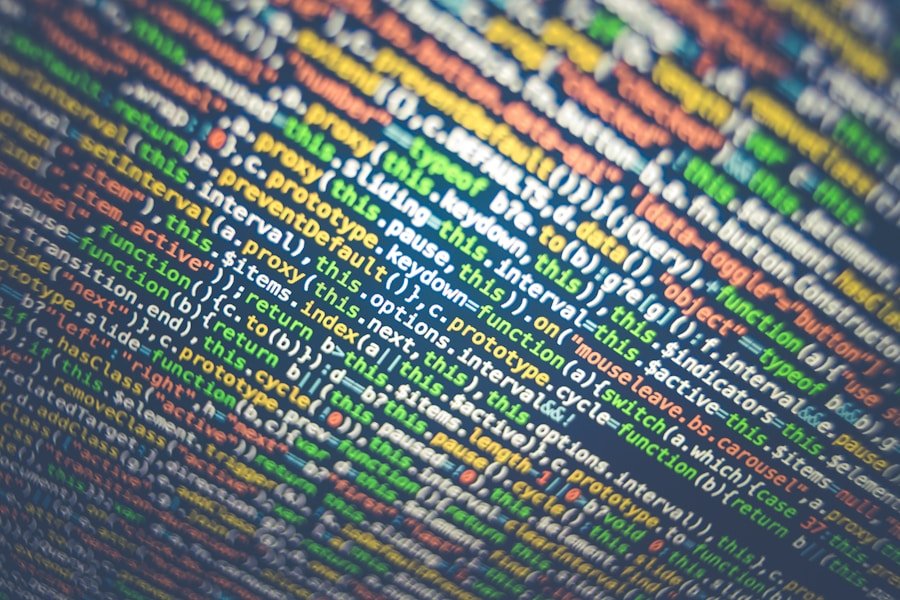In the current digital landscape, the risk of online identity theft has reached unprecedented levels. The widespread adoption of the internet for daily activities such as online banking, e-commerce, and communication has created a vast array of opportunities for cybercriminals to steal personal data and exploit it for malicious purposes. According to a report by the Federal Trade Commission, a staggering 1.4 million instances of identity theft were reported in 2020, resulting in financial losses exceeding $3.3 billion.
These alarming statistics underscore the pressing need for enhanced security measures to protect our online identities. Phishing attacks are a prevalent tactic employed by cybercriminals to obtain sensitive information. These attacks typically involve the use of fraudulent emails or websites designed to deceive individuals into divulging confidential information, including passwords, credit card numbers, and social security numbers.
Once obtained, this information can be used to gain unauthorized access to financial accounts, make fraudulent purchases, and even perpetrate identity fraud. As phishing attacks continue to evolve in sophistication, it is essential for individuals to take proactive measures to safeguard their online identities.
Key Takeaways
- Multi-factor authentication is essential for protecting your online identity
- Online identity theft is a growing threat that requires proactive measures
- Understanding multi-factor authentication is crucial for enhancing online security
- Protecting your personal information is of utmost importance in the digital age
- Common misconceptions about multi-factor authentication should be addressed for better understanding
Understanding Multi-Factor Authentication
Multi-factor authentication (MFA) is a security measure that requires users to provide multiple forms of verification before gaining access to an online account. This typically involves something the user knows (such as a password), something the user has (such as a mobile device or security token), and something the user is (such as a fingerprint or facial recognition). By requiring multiple factors of authentication, MFA adds an extra layer of security that makes it significantly more difficult for cybercriminals to gain unauthorized access to an account.
MFA can be implemented in various ways, including through text message codes, email verification, biometric authentication, and hardware tokens. Many online services and platforms now offer MFA as an option for users to enable on their accounts. While it may seem like an inconvenience to go through additional steps to access an account, the added security provided by MFA far outweighs the minor inconvenience.
In fact, a study by Microsoft found that enabling MFA can block over 99.9% of account compromise attacks.
How Multi-Factor Authentication Enhances Online Security
Multi-factor authentication enhances online security by adding an extra layer of protection against unauthorized access to accounts. By requiring multiple forms of verification, MFA significantly reduces the risk of identity theft and unauthorized account access. Even if a cybercriminal manages to obtain a user’s password through phishing or other means, they would still need to provide additional verification such as a code sent to the user’s mobile device in order to gain access to the account.
In addition to protecting against unauthorized access, MFA also helps prevent account takeover attacks. These attacks occur when cybercriminals gain access to a user’s account and use it to carry out fraudulent activities such as making unauthorized purchases or sending phishing emails to contacts. By requiring multiple forms of verification, MFA makes it much more difficult for cybercriminals to successfully take over an account, thus protecting both the user and their contacts from potential harm.
The Importance of Protecting Your Personal Information
| Reasons for Multi-Factor Authentication | Benefits |
|---|---|
| Prevents unauthorized access | Enhanced security |
| Protects against phishing attacks | Reduces risk of identity theft |
| Secures sensitive data | Compliance with regulations |
| Provides additional layer of protection | Peace of mind for users |
Protecting your personal information is crucial in today’s digital world, where cybercriminals are constantly seeking ways to exploit vulnerabilities and steal sensitive data. From financial information to personal communications, our online identities are valuable assets that must be safeguarded against unauthorized access and misuse. The consequences of identity theft can be devastating, leading to financial losses, damaged credit scores, and even legal troubles if the stolen information is used for criminal activities.
In addition to the direct impact on individuals, identity theft also poses significant risks to businesses and organizations. When employees’ personal information is compromised, it can lead to security breaches, data leaks, and reputational damage for the company. This is why many businesses are now implementing MFA as a standard security measure for their employees’ accounts, in addition to other cybersecurity protocols such as encryption and regular security training.
Common Misconceptions about Multi-Factor Authentication
Despite its proven effectiveness in enhancing online security, there are still some common misconceptions about multi-factor authentication that may prevent individuals from fully embracing this important security measure. One of the most prevalent misconceptions is that MFA is too complicated or time-consuming to use. While it may require an extra step or two to access an account with MFA enabled, the added security it provides far outweighs any minor inconvenience.
Another misconception is that MFA is only necessary for high-risk accounts such as banking or email accounts. In reality, MFA should be used for all online accounts that contain sensitive personal information, including social media accounts, online shopping accounts, and even gaming accounts. Cybercriminals are constantly seeking opportunities to exploit any vulnerabilities they can find, so it is important to protect all aspects of your online identity with MFA.
Implementing Multi-Factor Authentication in Your Online Accounts
Implementing multi-factor authentication in your online accounts is a relatively simple process that can significantly enhance your online security. Many popular online services and platforms now offer MFA as an option for users to enable on their accounts. This typically involves going into the account settings and enabling MFA, then following the prompts to set up the additional forms of verification such as a mobile device or email address.
For those who are unsure about how to enable MFA on their accounts, there are plenty of resources available online that provide step-by-step instructions for various platforms and services. Additionally, many cybersecurity experts recommend using a password manager to generate and store strong, unique passwords for each account, which can further enhance the security of your online accounts when combined with MFA.
The Future of Online Identity Protection: Advancements in Multi-Factor Authentication Technology
As technology continues to evolve, so too does the field of online identity protection. Advancements in multi-factor authentication technology are constantly being developed to provide even stronger security measures against cyber threats. One such advancement is the use of biometric authentication methods such as facial recognition and fingerprint scanning, which provide a more secure and convenient way for users to verify their identities.
Another area of advancement in MFA technology is the integration of artificial intelligence and machine learning algorithms to detect and prevent unauthorized access attempts in real-time. These advanced systems can analyze user behavior patterns and detect anomalies that may indicate a potential security threat, allowing for immediate action to be taken to protect the user’s account. In conclusion, multi-factor authentication is essential for protecting your online identity in today’s digital world.
With the growing threat of online identity theft and the increasing sophistication of cybercriminals, it is crucial for individuals and businesses alike to take proactive steps to safeguard their personal information. By understanding the importance of protecting personal information and implementing multi-factor authentication in online accounts, we can all contribute to creating a safer and more secure online environment for everyone. As advancements in MFA technology continue to emerge, we can look forward to even stronger security measures that will further enhance our ability to protect our online identities from cyber threats.
FAQs
What is multi-factor authentication (MFA)?
Multi-factor authentication (MFA) is a security process that requires more than one method of authentication from independent categories of credentials to verify the user’s identity for a login or other transaction.
Why is multi-factor authentication essential for protecting your online identity?
Multi-factor authentication is essential for protecting your online identity because it adds an extra layer of security beyond just a username and password. This makes it much harder for unauthorized users to access your accounts, even if they have obtained your login credentials.
What are the different factors used in multi-factor authentication?
The different factors used in multi-factor authentication typically fall into three categories: 1. Something you know (e.g., a password or PIN) 2. Something you have (e.g., a smartphone or security token) 3. Something you are (e.g., biometric data like fingerprint or facial recognition)
How does multi-factor authentication work?
When a user attempts to log in with multi-factor authentication enabled, they will be prompted to provide two or more forms of identification. This could be a combination of a password, a code sent to their phone, or a fingerprint scan, for example.
What are the benefits of using multi-factor authentication?
The benefits of using multi-factor authentication include increased security, reduced risk of unauthorized access, protection against phishing and other cyber threats, and compliance with industry regulations and best practices.












